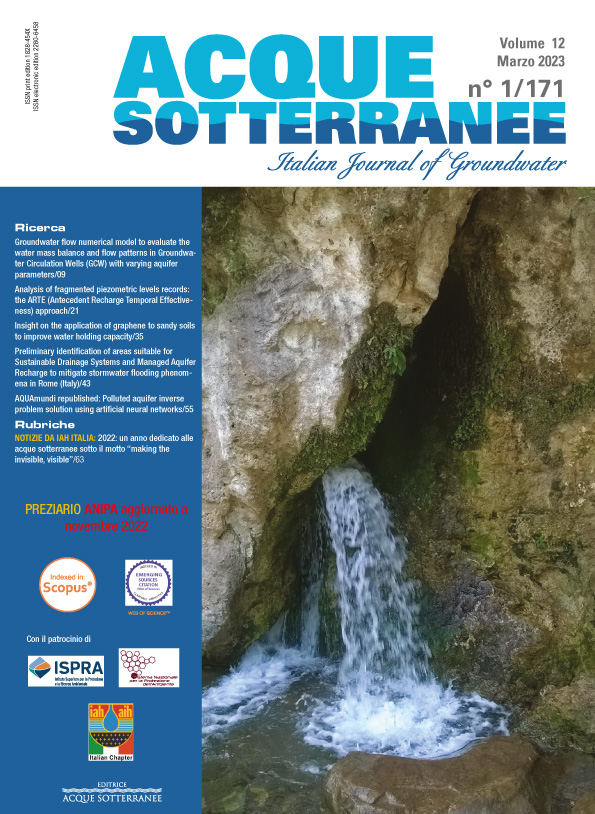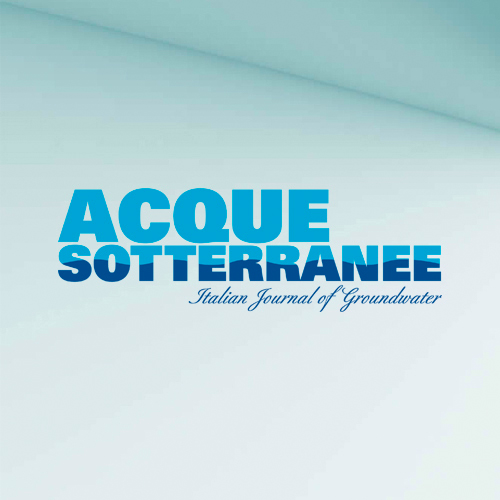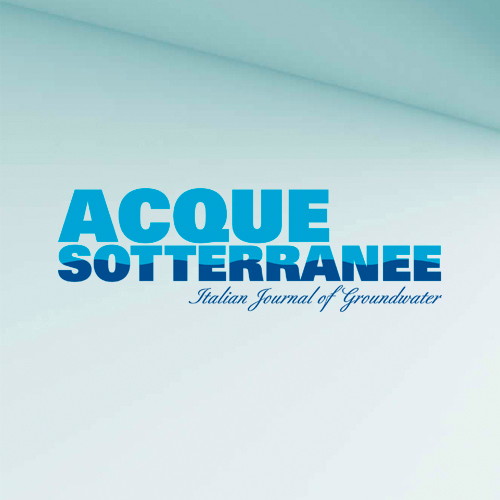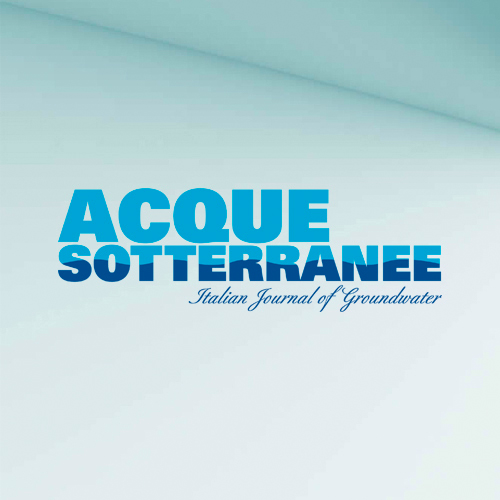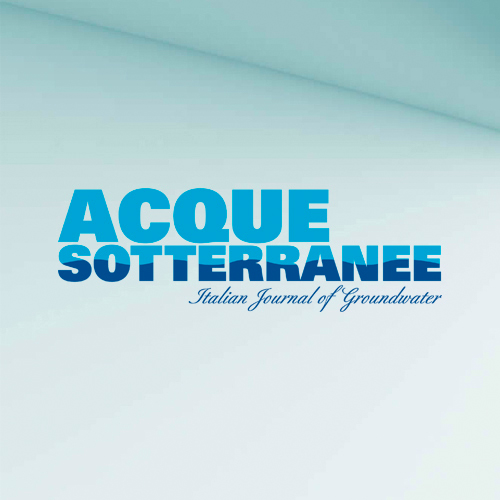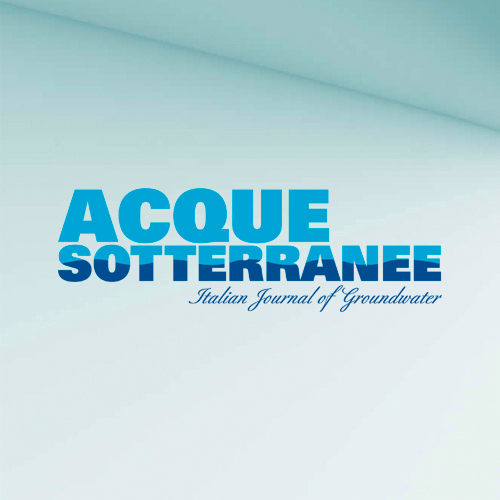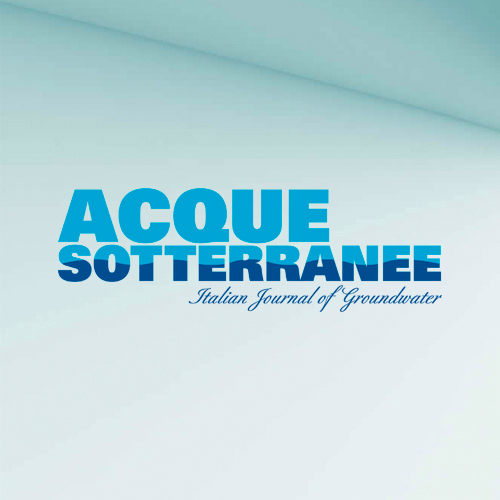Identification and mapping of potential recharge in the Middle Seybouse sub-catchment of the Guelma region (North East of Algeria): contribution of remote sensing, multi-criteria analysis, ROC-Curve and GIS
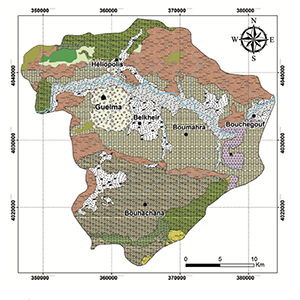
All claims expressed in this article are solely those of the authors and do not necessarily represent those of their affiliated organizations, or those of the publisher, the editors and the reviewers. Any product that may be evaluated in this article or claim that may be made by its manufacturer is not guaranteed or endorsed by the publisher.
Authors
Due to the rapid population increase in the Middle Seybouse sub-catchment area in North-East Algeria, the intense agricultural practices, and the industrial development, precious water resources proven to be significantly challenged in their sustainable exploitation both in terms of quantity and quality. The aim of this study is to identify the most suitable areas for groundwater recharge in the Middle Seybouse sub-catchment, over about 770.91 km², using remote sensing data and Geographical Information Systems (GIS). Six factors are recognized to positively affect groundwater recharge: rainfall, land cover, topography, drainage density, lineament density, and lithology. According to their level of involvement in the recharge process, these parameters have been reclassified and then evaluated using the multi-criteria analysis known as “Analytical Hierarchy Process” (AHP). A potential recharge map of the study area was produced showing that 60% of this area, located in the southern and central parts of the catchment, has a high to very high potential. ROC (receiver operating characteristic) curve is used to validate the resulting groundwater potential recharge map using the existing wells in the study area.
How to Cite

This work is licensed under a Creative Commons Attribution-NonCommercial 4.0 International License.
PAGEPress has chosen to apply the Creative Commons Attribution NonCommercial 4.0 International License (CC BY-NC 4.0) to all manuscripts to be published.


